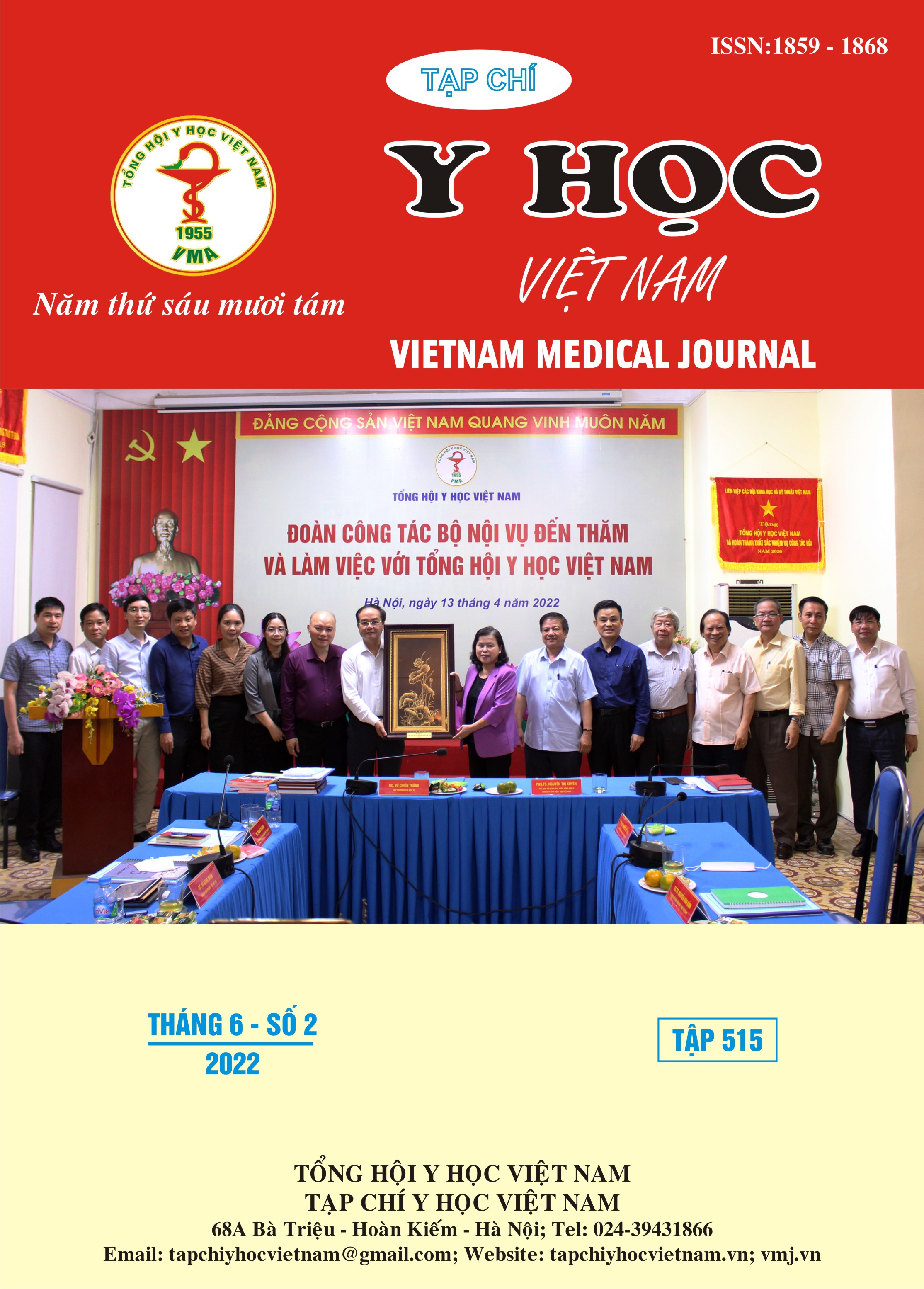A NEPHROTOXIC STUDY IN PATIENTS USING COLISTIN AT THE ICU – NGHE AN GENERAL FRIENDSHIP HÓPITAL
Main Article Content
Abstract
Objectives: Describe the incidence, characteristics of patients using colistin and describe the characteristics of nephrotoxicity in patients using colistin at the ICU - General Friendship Hospital Nghe An. Subjects and methods: Retrospective, descriptive and analytical study of 29 patients with indications for colistin use at the ICU - General Friendship Hospital Nghe An, from 1/2021 to 9/2021. Result: Male patients accounted for 82.8%, the average age was 62 years old. The rate of nephrotoxicity in the study was 17.2%. The average time to onset of nephrotoxicity after colistin administration was 6.2 days. The rate of occurrence of nephrotoxicity according to the levels of “Risk”, “Injury” and “Failure” is 40%, 20% and 40% respectively. Conclusion: Colistin is a drug with high nephrotoxicity and is common, so doctors should consider using it as a last resort in the treatment of multidrug-resistant Gram-negative bacteria.
Article Details
Keywords
nephrotoxicity, colistin, Nghe an General Friendship Hospital
References
2. Bialvaei A. Z., Samadi Kafil H. (2015), "Colistin, mechanisms and prevalence of resistance", Curr Med Res Opin, 31(4), pp. 707-21.
3. Pogue J. M., Lee J., Marchaim D., Yee V., Zhao J. J., Chopra T., Lephart P., Kaye K. S. (2011), "Incidence of and risk factors for colistin-associated nephrotoxicity in a large academic health system", Clin Infect Dis, 53(9), pp. 879-84.
4. Ko HJ, Jeon MH, Choo EJ, Lee EJ, Kim TH, Jun J. B., Gil H. W. (2011), "Early acute kidney injury is a risk factor that predicts mortality in patients treated with colistin", Nephron Clin Pract, 117(3), pp. c284-8.
5. Bệnh viện Bạch Mai (2018), “Hướng dẫn sử dụng colistin”.
6. Deryke C. A., Crawford A. J., Uddin N., Wallace M. R. (2010), "Colistin dosing and nephrotoxicity in a large community teaching hospital", Antimicrob Agents Chemother, 54(10), pp. 4503-5.
7. Temocin F., Erdinc S., Tulek N., Demirelli M., Bulut C., Ertem G. (2015), "Incidence and Risk Factors for Colistin-Associated Nephrotoxicity", Jpn J Infect Dis, 68(4), pp. 318-20.


